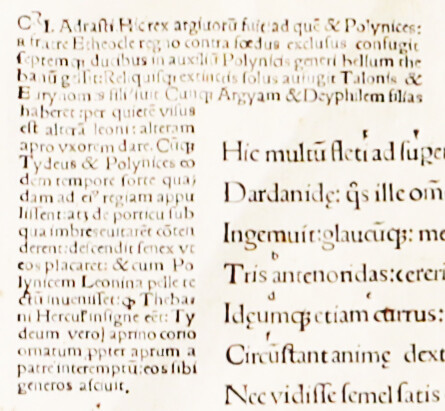More than pushing a button
To start laying out the book pages, I need the approved design, the edited manuscript, and the prepared illustrations and photos that will be included.
The manuscript needs to be marked up. That means it needs to incorporate metadata in the form of paragraph styles and character styles to tell the page layout software where the headings are, what words are in italics, and so forth. Traditionally, markup was part of copyediting; if you provide a manuscript that has been edited but not marked up, then I have to do the markup before starting the layout.
I’ll prepare any photos you provide (either digitally or as original prints) to optimize them for reproduction in a printed book. I’ll also adapt any drawings, diagrams, charts, business graphics, and infographics you submit so that they’re in a suitable format for inclusion in your book.
And then it’s time to set type.
The compositor’s art includes careful adjustment of typographic elements to achieve an aesthetically pleasing result consistent with commercial composition standards. A skilled compositor uses proper typographic glyphs for all punctuation, special characters, and foreign alphabets. If the manuscript includes tables and equations, those are the compositor’s job too. I have decades of experience with table design and complex typesetting, so bring it on.

The book interior
Once I assemble all the elements into what are called loose pages, you will have the opportunity to review the pages and advise on any changes to the layout you might want. I’ll do my best to accommodate your requests, subject to practical considerations that might interfere.
The next version, called tight pages, goes out to a proofreader and, if your book is going to have an index, to a professional indexer at the same time. When the proofreader sends back corrections, you get a chance to review them. When the indexer sends back the index manuscript, you have the opportunity to review the index and request changes.
Then I input the corrections and lay out the index, and at that point the interior is done.
The cover
In trade publishing (commercial book publishing aimed at bookstores), the book cover is often designed before the author has finished a first draft of the book. The idea is for the sales force to be able to take advance orders from bookstores. You can adapt that strategy to a self-publishing scenario, promoting the book on your own website or social media accounts while the book is still in production.
Once the cover concept is settled, the first challenge is completing the front cover, so it’s ready for you to use in marketing the book. After that, assembling the full cover (front, spine, and back), with all of the required elements is its own project. At the end, I furnish what printers call trouble-free files, which means they meet all of the printer’s specifications so the cover can be manufactured without further adjustment.
learn more